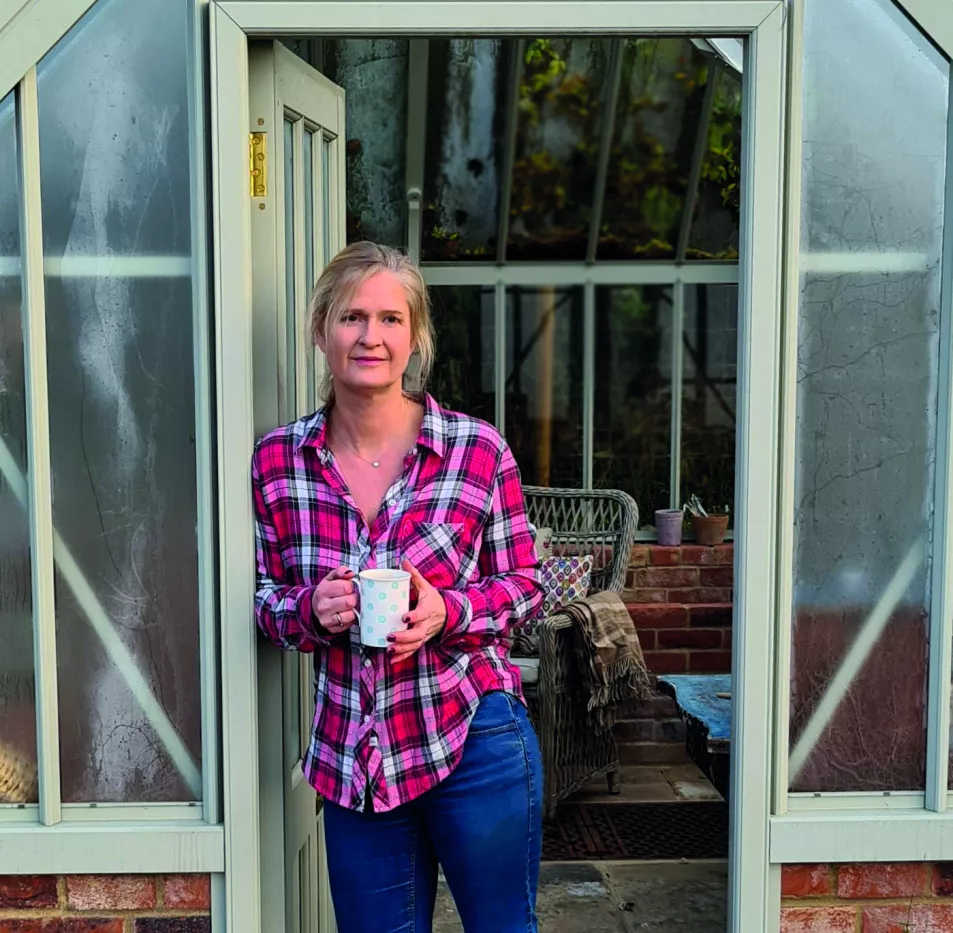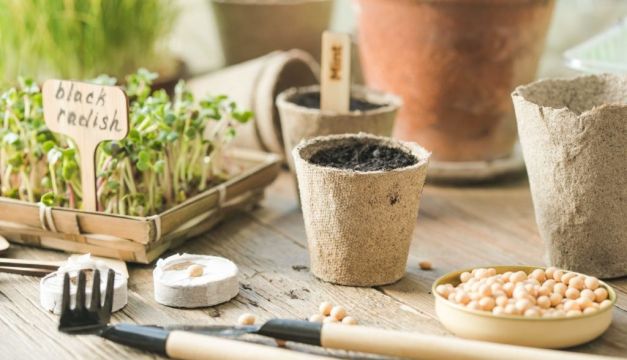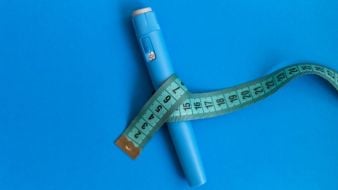Wherever you look in garden centres, your shed or greenhouse, you are likely to find plastic in one form or another.
The most obvious include plastic pots, hosepipes, seed trays and watering cans, but there are also items which are less visible and which over time will disintegrate, leaving tiny plastic particles in their wake – ending up in the soil.
Publisher and keen gardener Louise Boland, who has a half-an-acre outside her home in England, had found little bits of plastic all over her garden – such as, plastic bags and sweet wrappers blown in as litter, synthetic string, shards of hard plastic chipped off watering cans.

She has now written The Plastic-Free Gardener, which looks at the problems plastics create globally and how gardeners can minimise use of them, researching retailers and their efforts to ditch plastic. She has included a section at the back of the book of those who go above and beyond.
Realistically, the amateur gardener will likely need to compromise, she admits. She hasn’t found an alternative to the plastic hosepipe and still uses an old plastic wheelbarrow which is fit for purpose. She also has a lawnmower with plastic elements.
“For me, it’s about thinking about how not to let plastic escape into the environment because once it’s there it can last for hundreds of years.”

Among the worst forms of plastic to use in the garden are those which disintegrate, flake off or get lost in the earth, such as torn ends of woven plastic ground cover polypropylene membrane and beads of polystyrene plant blocks packaging which are taken by the slightest breeze, she says.
Plastic-encased garden wire is another nasty as it’s nibbled by wildlife, while ‘invisible’ green plastic clips used to tie up plants can all be lost in the garden.
She offers the following simple tips to help gardeners get to grip with plastic-free practices:
1. Use natural twine

“When you tie up plants, a lot of the products on the market are plastic and they get lost in the environment. You cut the twine, tie up plants and then leave them, so eventually they just end up back in the soil.
“There are lots of plastic-free alternatives, going back to jute and natural string which are biodegradable.”
2. Ditch your grass trimmer with plastic wires

The plastic cutting wire slowly erodes, depositing tens of thousands of tiny plastic pieces into the landscape, she warns. “You can get trimmers with a metal blade, which work quite well, but you can’t use them up against a tree or a metal edge because it will damage the blade, and the tree.”
Alternatively, use a pair of shears to trim around a tree.
3. Grow from seed
“You can get a wide variety of plants and if you grow from seed you don’t get tempted to go out and buy a plant in a plastic pot. Focus on varieties which are pest resistant, which is likely to mean that you are not going to have to go out and buy pesticide in a plastic container.
“Take carrots, for example. For the last few years I’ve planted ‘Flyaway’, a type that is resistant to carrot fly. I plant them with leeks and because the leeks have an aroma that wards off the fly, I get a fabulous crop of carrots without resorting to using pesticides.”
4. Find alternatives to plastic seed trays

“There are lots of alternatives, like bamboo seed trays, or wooden ones, or even rubber modular seed trays. People are also using the cardboard toilet roll inner tubes, which are really good for growing legumes like sweet peas and peas, and you can just plant them in the garden and they will break down.
“There are also fibre pots made from wood pulp which you can buy which are super economical.”
5. Ask for non-plastic packaging
“I get my seeds from Mr Fothergill’s and I spoke to them and said that I didn’t want the seeds sent in any plastic packaging. It wasn’t a problem. They sent the seeds to me in a cardboard box.”
“It’s always worth a phone call to make sure that whoever you are buying from can deliver their plants in plastic-free packaging. You can definitely source seeds and plants and bulbs in a plastic-free way if you are careful about it.”
She recommends buying bulbs from garden shows, because nursery stall holders have huge collections of bulbs on display which you can select and put in your own bag, or use their paper bags to take them home.
6. Ditch the plastic pot at the shop

If you want to buy a more mature plant, the retailer may take the pot off you at the point of sale, Boland suggests. You could arrive at the nursery checkout with your plant and your own bag or container, ask them to take it out of its plastic pot and put the plant into your own bag.
“Some of the nurseries I spoke to said they are happy at the point of sale to take the plastic pot back and put it back into circulation within their operation.”
7. Make your own compost
The problem is that the plastic bags in which the compost is packed are not easily recyclable, says Boland.
Most waste processing plants won’t won’t recycle plastic compost bags, even if they are recyclable, because they are contaminated by soil, she explains.
“There are some cases listed in the back of the book who will do a bag for life for compost. So you can bring the same bag back and they will refill it. But it’s quite early days.
“I have found some biodegradable compost bags on the market, but they tend to be quite small and quite expensive.”
The Plastic-Free Gardener by Louise Boland is published by Fairlight Books on February 22nd







